A dislocated shoulder occurs when the humerus bone is displaced forwards out of the joint. Dislocated shoulders are usually caused by a fall onto an outstretched arm, twisting or impact to the shoulder.
Symptoms
- The patient will be in severe pain and usually hold the arm close to their body and resist moving or turning it outwards.
- Rapid swelling.
- Bruising usually develops later.
- The patient may feel the shoulder pops out of the joint.
- The injured side will often look different or possibly lower than the uninjured side.
- If there is any nerve or blood vessel damage there may also be pins and needles, numbness or discoloration through the arm to the hand.
Anatomy
If you suspect a dislocated shoulder, seek immediate medical attention. DO NOT attempt to put the joint back into place as long term damage can be caused

If you have dislocated your shoulder then you are likely to have damage to the surrounding ligaments, tendons, nerves, blood vessels and fractures to other bones.Recurring injuries can be common which is why it is especially important to do sufficient shoulder rehabilitation.
Anterior Dislocation
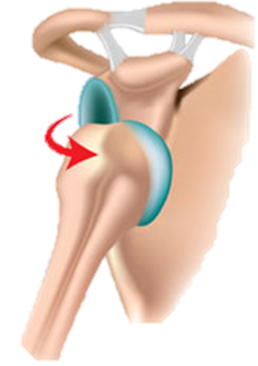
Posterior Dislocation
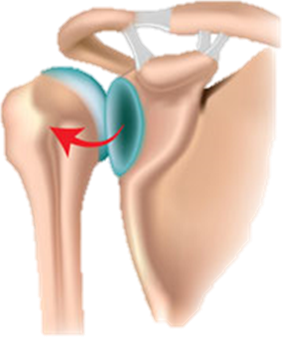
The shoulder joint is particularly prone to injury due to the large range of movement available. The increased range of movement sacrifices joint stability.
Most injuries are anterior, occurring in approximately 95% of injuries
Treatment
Stop play immediately and seek medical attention. It is likely you will not have a choice about this, as a dislocated shoulder is very painful. A doctor will need to confirm the shoulder is dislocated and put it back into its socket (known as reduction).
If surgery is indicated, it is usually performed as soon as possible after the injury. There are a number of procedures which can be performed. The decision over which procedure to use depends largely on the patient’s lifestyle and activity.Some procedures result in reduced shoulder external rotation and so are not suitable for athletes involved in throwing or racket sports as this would affect performance.
Your shoulder will need extensive rehabilitation to regain mobility and strength. Following a reduction, you will usually be advised to rest and immobilize your shoulder in a sling for 5-7 days, longer if there are fractures or severe soft tissue damage.
Rehab
After the period of initial immobilization, exercises to gradually increase your range of pain-free movement are done. Eventually isometric strengthening exercises, dynamic strengthening, proprioception and functional or sports related should be done.
Mobility
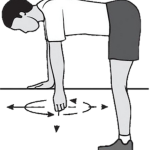
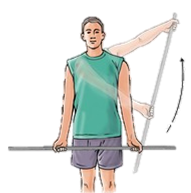
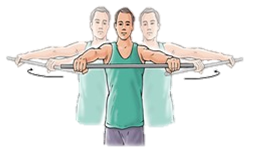
Strengthening
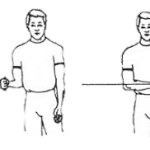
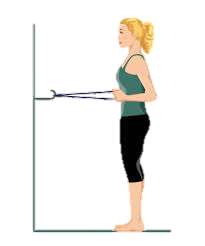
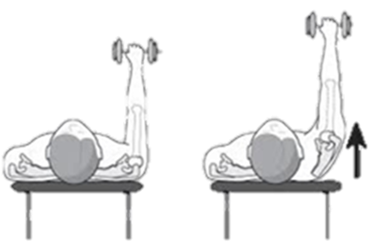
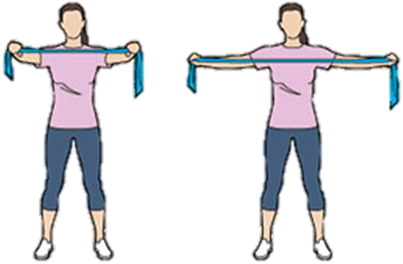
Functional
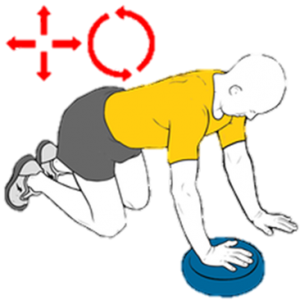
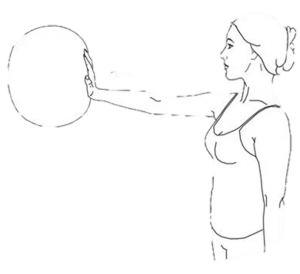
Contact Me
Let's chat!
Need more information? Send me an email or drop me a line. I don’t bite!
- Charlotte@rehabontheroad.co.uk
- 07971448719
